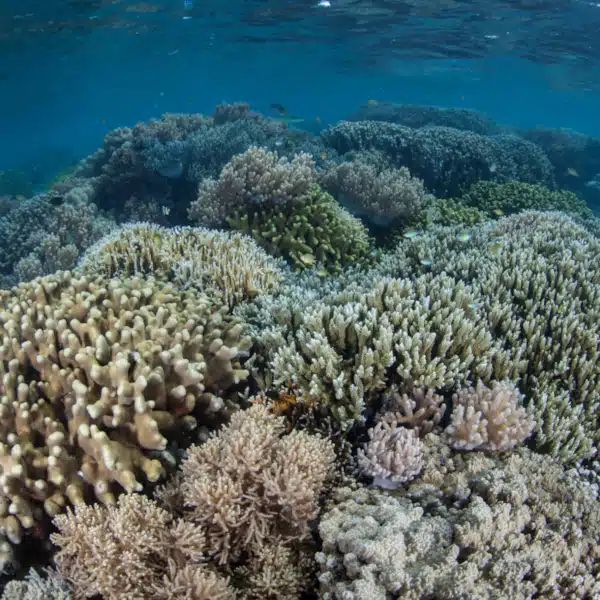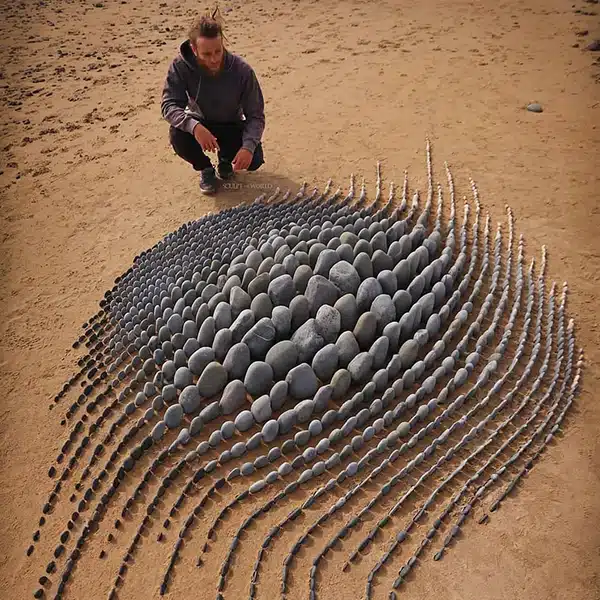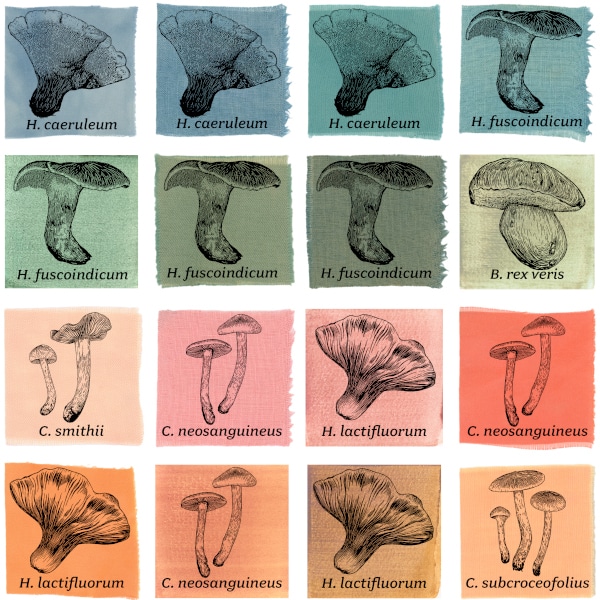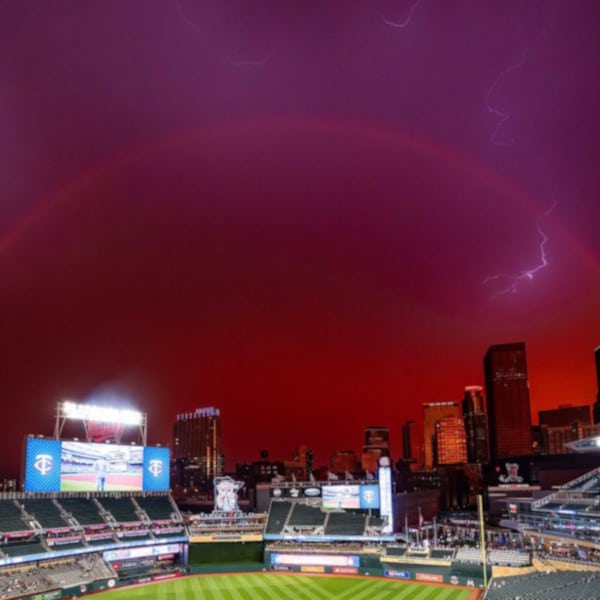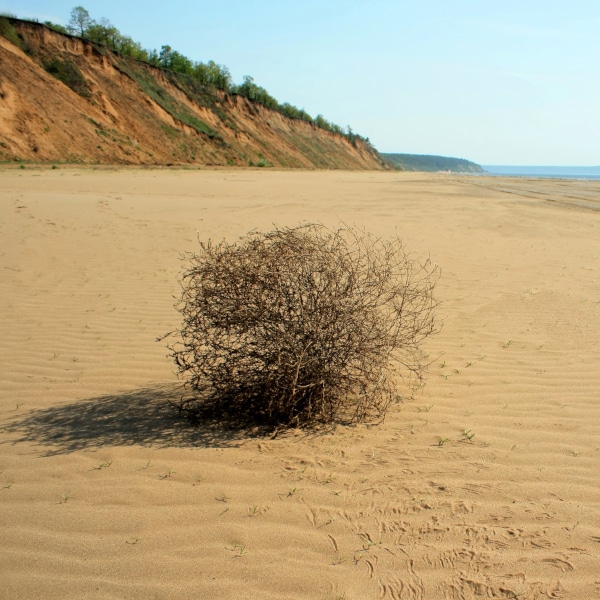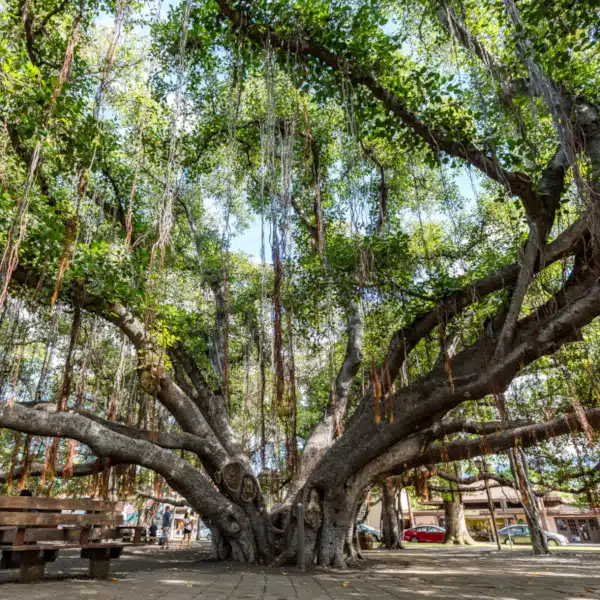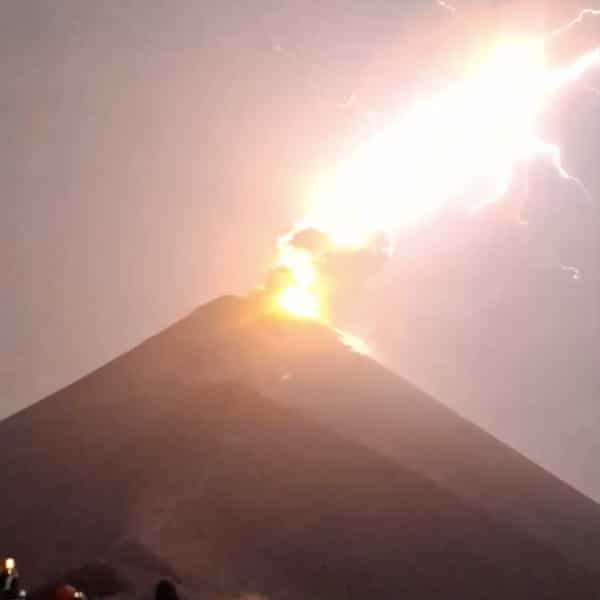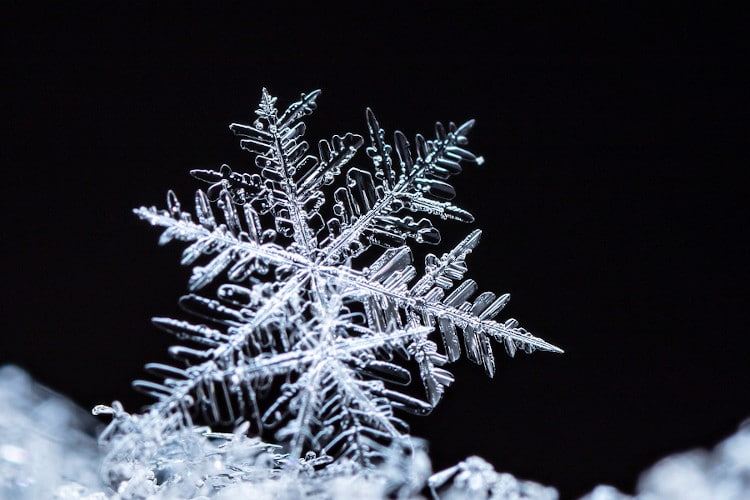
Photo: vad_1/Depositphotos
Even though snow can be inconvenient, there is something magical about seeing those chunky flakes fall from the sky. Especially the larger snow crystals that boast beautiful symmetry and unique designs. But have you ever thought about how big a snowflake can get? There is actually a Guinness World Record for exceptionally large snowflakes, but it's not as straightforward as it sounds.
“On the night of 27 January 1887, a fierce winter storm dropped snowflakes described as ‘larger than milk pans’ over the Clark Fork River valley, in the vicinity of a ranch owned by Matt Coleman, near Missoula in Montana, USA,” writes the Guinness World Records. “Reports suggest that they were up to 1 ft 3 in (38 cm) wide and 8 in (20 cm) thick.” That reads like a monstrous ball of ice, but it is important to separate snow crystals from snowflakes. The former comes from water freezing from a gas to a solid without first becoming liquid. This gives them those six-fold symmetric designs—their pattern being determined by environmental conditions. On the other hand, snowflakes can be any clump that comes down from the wintery sky.
“During very calm conditions, these puffballs can grow into pancake-shaped agglomerations as large as a dinner plate, although this is exceedingly rare,” writes Dr. Kenneth Libbrecht, Professor of Physics and an experienced snow researcher. With this distinction in mind, and over 20 years of experience studying snow, Libbrecht set out to find the largest possible snow crystal. “The largest individual snow crystal measured was 10 mm (0.39 in) from tip to tip, as documented by Professor Kenneth Libbrecht (USA) in Cochrane, Ontario, Canada, on 30 December 2003,” notes the Guinness World Records. By comparison, regular snow crystals are usually two to four millimeters in diameter.
“I have only seen large snow crystals like this twice; both times in Cochrane, Ontario. The temperature was near -15 C (5 F)—just right for making fernlike stellar dendrites—and the air was dead calm,” Libbrecht writes. “Both times, I saw these large snow flowers falling only briefly, for about ten minutes.” However, with a little luck, this record can be broken. Libbrecht estimates that about a million billion snowflakes fall each second, averaged over a typical year. “That's enough snow to make one snowman for every person on earth every ten minutes.” If you live in any of the places where he describes as getting the “greatest snow on Earth” be sure to keep your eyes peeled for the next giant snow crystal.
According to Guinness World Records, the biggest snowflakes on record were 1 ft 3 in (38 cm) wide and 8 in (20 cm) thick, yet the largest snow crystals ever photographed were 10 mm (0.39 in) from tip to tip.
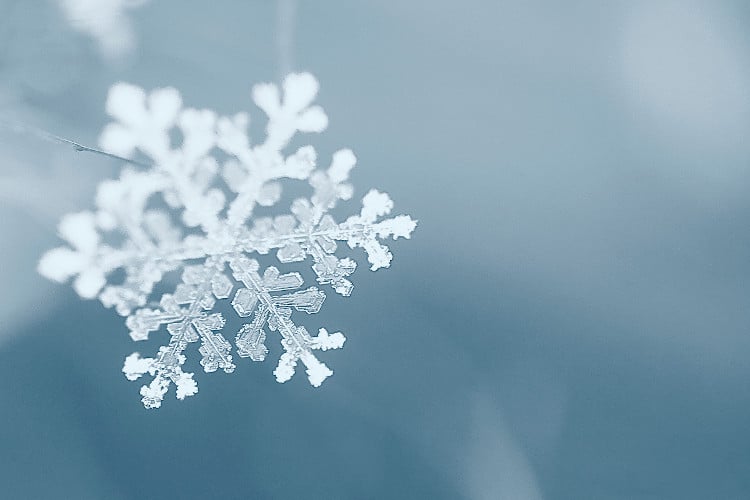
Photo: style-photo/Depositphotos
h/t: [IFL Science]
Related Articles:
Photographer Captures the Stunning Sight of a Japanese Castle Covered in Snow
Holiday Drone Show Recreates ‘The Nutcracker’ and Sets Two New Guinness World Records
Flossie the Feline Named the Oldest Living Cat by Guinness World Records
Camera Catches Adorable Raccoon Trying to Catch Snow With His Hands











































































